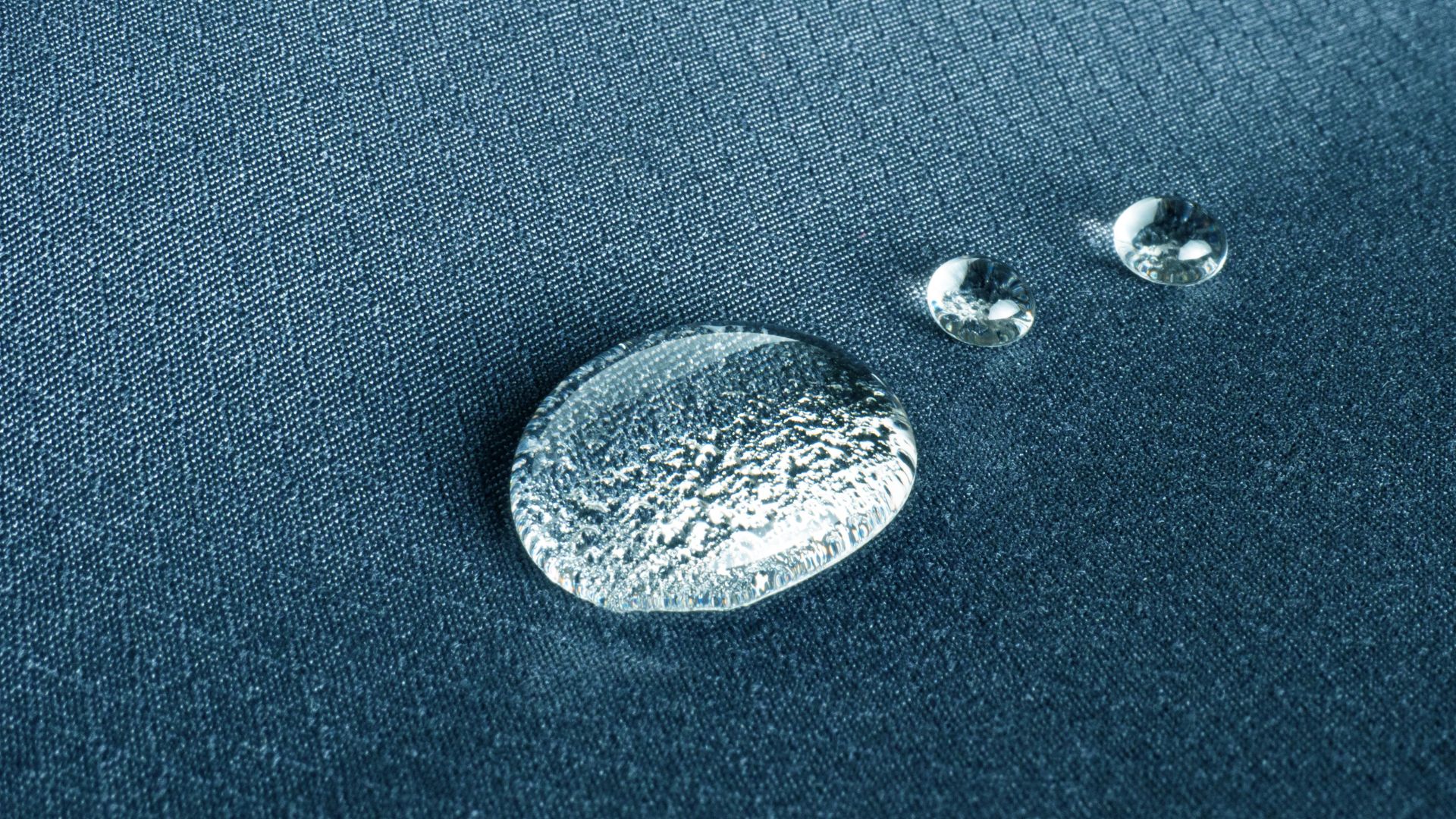Waterproof and Breathable Outdoor Apparel

All outerwear fabrics feature some degree of waterproofing properties. The key is finding an appropriate balance between protection and breathability.
Gore-Tex has long dominated the market, but new polyurethane and polyester membrane technologies such as those found on Marmot PreCip Eco or Outdoor Research Helium jackets are rapidly making an impressionful statement about what lies ahead in terms of innovation.
Waterproof
No matter how waterproof or breathable a fabric may be rated, all outerwear will eventually leak with wear, water pressure and time. To minimize leakage risks and seal seams with waterproof tape or liquid brush-on coating, manufacturers usually seal each seam using tape or brush-on coating to reduce their chances of leaking seams.
Though some companies use different waterproof rating systems, most outdoor apparel brands rate the breathability and waterproofness of their fabrics according to industry standards. These standards measure how high a column of water can be suspended before leakage begins occurring in fabric surfaces.
Some outerwear companies incorporate special membrane lining into their products to prevent moisture build-up and maximize wearer comfort, known as soft shell technical outerwear. It replaces traditional fleece and shell systems by offering comfort, mechanical stretch, durability and cost reduction all in one layer. Jackets may feature either a waterproof/breathable membrane or a bonded membrane to minimize weight and cost, and some softshell jackets even avoid harmful PFAS chemicals (perfluoroalkyl substances known as forever chemicals).
Breathable
An attractive waterproof garment is certainly impressive, but having one that also breathes is even better. Breathable textiles not only keep rain out but also allow sweat vapors to escape so as to keep you comfortable and dry even during vigorous activities such as hiking and mountaineering. One prominent example is GORE-TEX which is often found in hiking jackets; other similar technologies include eVent and SympaTex.
Some clothing manufacturers also produce their own proprietary breathable and waterproof fabrics; examples include Patagonia’s H2No fabric as well as Rohan’s Barricade fabric.
Manufacturers conduct lab tests on their fabrics’ breathability, yet results can differ greatly depending on temperature, humidity, pressure and brand – look for ratings of “g/m2/day or greater to stay comfortable while you enjoy outdoor pursuits.
Lightweight
Soft Shell technical outerwear provides lightweight waterproof rain jackets. This alternative to fleece insulation and shell systems replaces them with one single layer of protection featuring durable water repellent (DWR) coating to shed rain and snow while blocking moisture entry through its membrane barrier and micro fleece backing for insulation when necessary. Plus, its stretchy fabric lets you move freely.
Active outdoor clothing should provide both protection and breathability; otherwise, water will get in but perspiration will make you wet anyway.
Cotton may be popular as casual wear, but when wet it loses its insulating value. When searching for waterproof outdoor gear made of polyester, nylon, or wool these materials will conserve energy to allow you to hike longer and faster – look out for fabrics which can be treated with nontoxic, PFAS-free water repellant such as Nikwax for optimal performance.
Durable
Durability is of utmost importance when it comes to outdoor apparel such as rain jackets. Outdoor apparel companies often utilize an industry standard water resistance rating of 3 psi (2109 mmH2O).
GORE-TEX membranes have long been seen as the standard in waterproof breathable fabrics, yet other polyurethane and polyester membranes are becoming more widely utilized within certain segments of the market. These newer membranes offer excellent performance without incurring extra weight in laminated form.
B Corp tentree leads in environmental and social responsibility by being transparent about their sustainable outdoor gear. They post factory ledgers for each garment along with certifications before customers buy. Furthermore, they use biodegradable and recyclable mailers so as to help keep plastic out of landfills; plus they’re carbon neutral as well as offering secondhand purchasing options!
